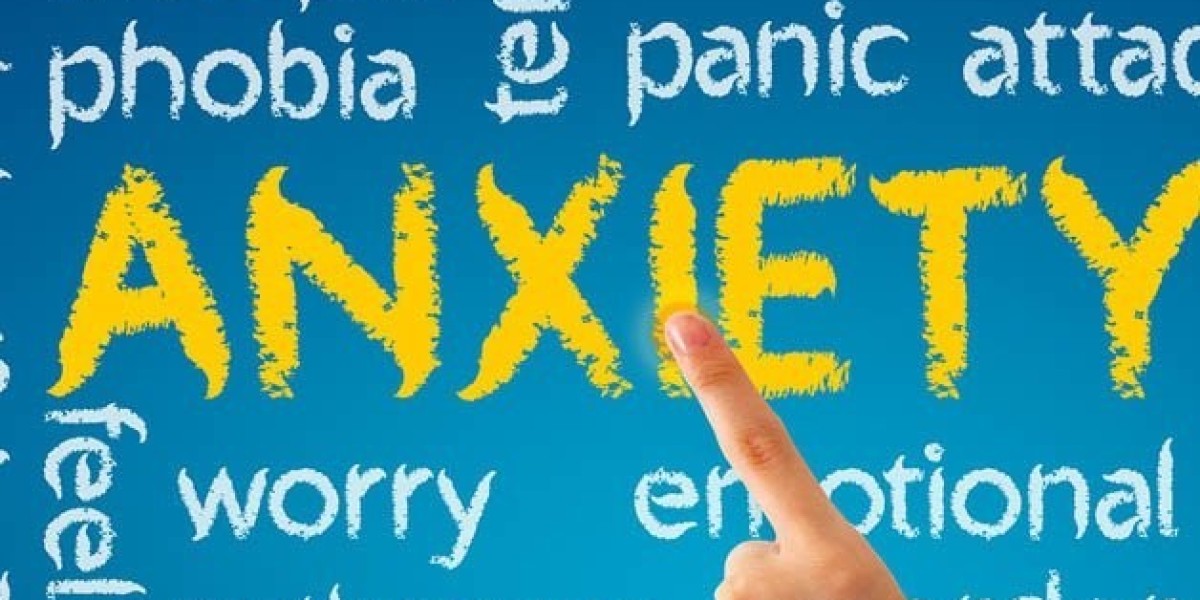In recent years, anxiety among American youth has surged to alarming levels, becoming a significant public health concern. The pressures of modern life, exacerbated by social media, academic expectations, and global uncertainties, have contributed to a generation grappling with overwhelming feelings of worry and fear. Understanding the intricacies of anxiety in young people is essential for parents, educators, and mental health professionals who seek to navigate these tumultuous waters.
The Growing Epidemic of Anxiety
Statistics indicate that anxiety disorders are among the most prevalent mental health issues affecting adolescents. According to the National Institute of Mental Health, approximately one in three adolescents aged 13 to 18 experiences an anxiety disorder. This figure represents a substantial increase from previous decades, raising questions about the underlying causes of this phenomenon.
One critical factor in this surge is the role of technology and social media. Platforms such as Instagram and TikTok create an environment where young people are constantly bombarded with curated images of perfection, leading to feelings of inadequacy and self-doubt. The need for validation through likes and comments can foster a sense of constant comparison, where youth feel compelled to meet unrealistic standards, further exacerbating anxiety.
Academic pressures also play a significant role in the mental health crisis among youth. The increasing emphasis on grades, standardized testing, and college admissions can create a high-stakes environment that leaves students feeling overwhelmed. The desire to excel and secure a bright future can lead to chronic stress, often leaving little room for relaxation or self-care.
The Impact of the Pandemic
The COVID-19 pandemic has further intensified the anxiety crisis among youth. Isolation from peers, disruption of routines, and the fear of illness have taken a toll on mental health. A study conducted by the Centers for Disease Control and Prevention (CDC) revealed that symptoms of anxiety and depression among adolescents increased significantly during the pandemic. Many young people reported feelings of loneliness, helplessness, and uncertainty about the future, which have lasting effects on their mental well-being.
Moreover, the abrupt shift to online learning created challenges for students, many of whom struggled with the lack of in-person interaction and the difficulties of adapting to virtual classrooms. This transition highlighted the importance of social connections, as isolation can exacerbate feelings of anxiety and depression. As schools reopen, the emphasis on mental health resources and support systems has become crucial in helping students transition back into a structured environment.
Understanding the Signs of Anxiety
Recognizing the signs of anxiety in youth is vital for early intervention and support. Symptoms can manifest in various ways, including persistent worry, irritability, restlessness, difficulty concentrating, and physical symptoms like headaches or stomachaches. Adolescents may also exhibit behavioral changes, such as withdrawal from social activities or a decline in academic performance.
Parents and educators should remain vigilant for these signs and foster open communication with young people. Creating a safe space for discussions about emotions can help destigmatize mental health challenges and encourage youth to seek help when needed.
Coping Strategies and Support
Addressing anxiety in youth requires a multifaceted approach that combines education, support, and intervention. One effective strategy is the implementation of school-based mental health programs that provide resources for students struggling with anxiety. These programs can offer counseling services, stress management workshops, and mindfulness training, empowering students to develop coping mechanisms.
Parents can also play a critical role in supporting their children through anxiety. Encouraging open dialogue about feelings, validating their experiences, and promoting healthy coping strategies such as physical activity, creative outlets, or mindfulness practices can foster resilience. Establishing consistent routines and setting realistic expectations can also alleviate some pressures that contribute to anxiety.
Furthermore, it is essential to promote mental health awareness and education among youth. Equipping young people with knowledge about anxiety, its causes, and coping strategies can empower them to manage their mental health proactively. Schools can incorporate mental health education into their curriculum, helping students understand the importance of self-care and the value of seeking help when needed.
The Path Forward
As we navigate the storm of anxiety affecting America’s youth, it is essential to acknowledge the complexity of the issue and the need for comprehensive support systems. Collaboration among parents, educators, mental health professionals, and community organizations is vital in creating a supportive environment that prioritizes mental well-being.
By fostering open communication, promoting mental health education, and implementing effective intervention strategies, we can help young people build resilience and develop the skills to navigate life's challenges. Understanding and addressing anxiety in youth is not just a matter of individual well-being; it is a societal responsibility that requires collective action and compassion.
In conclusion,
As the storm of anxiety continues to rage among America’s youth, we must unite in our efforts to understand, support, and empower them. By creating a culture of awareness and acceptance around mental health, we can help young people weather the storm and emerge stronger, more resilient, and equipped to face the challenges of an ever-changing world.



